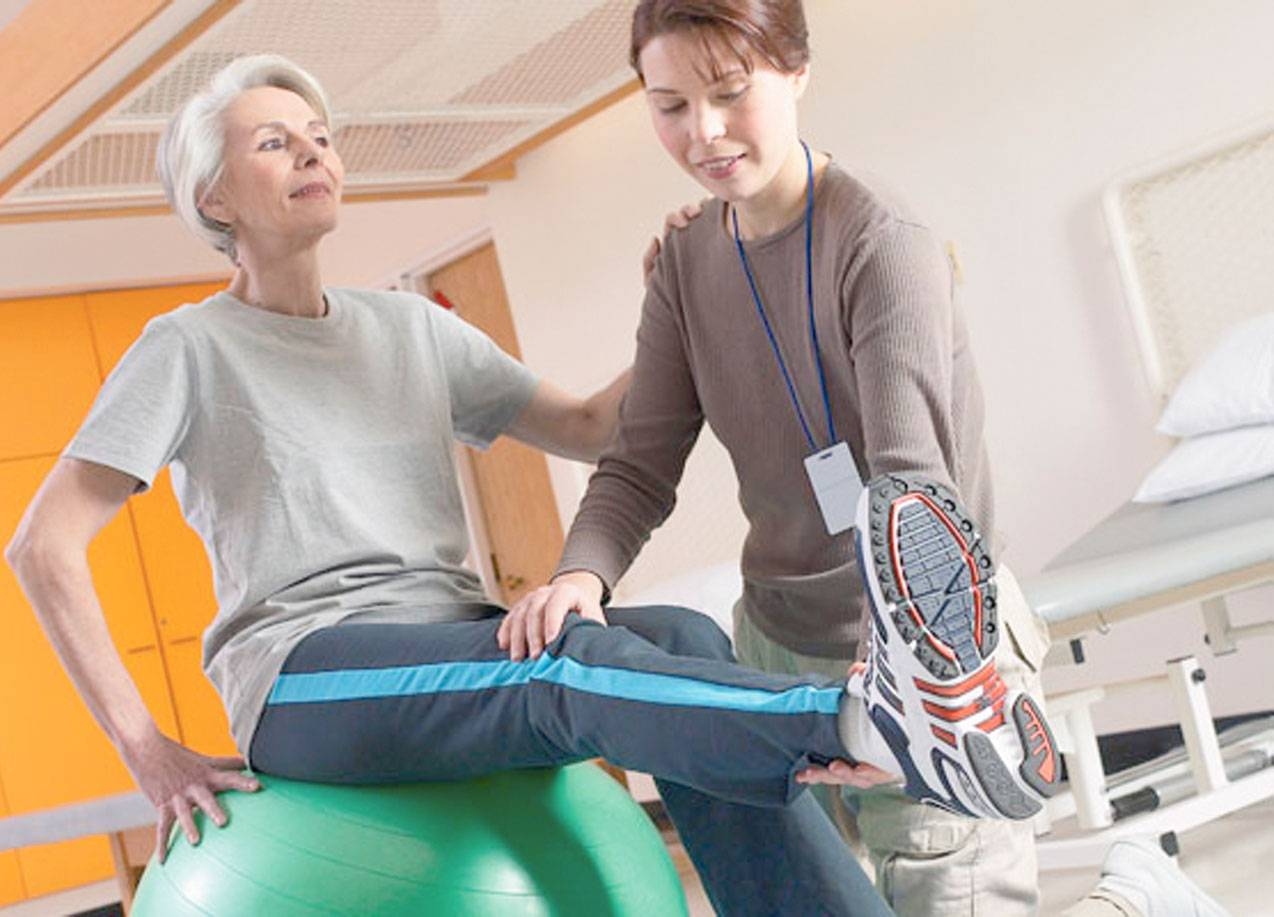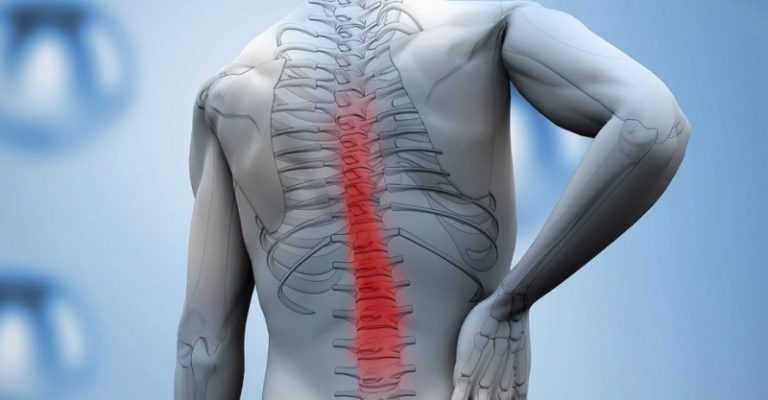Physical therapy may help when a concomitant treatment with a paraplegia spinal cord injury is arranged. Keep in mind the fact that a person’s spinal cord injury is as unique as literally anything else about them.
This means an effective recovery plan is one built just for that individual. The physical therapist will custom-make a journey of recovery, fit your unique needs, and help meet the recovery goals that look impossible.
The basis for physical therapy in paraplegics is a set of well-designed, repetitive, task-specific exercises. These should focus on restoring function, mobility, muscle strength, and flexibility in a way that allows recovery of overall physical functional abilities to the fullest potential.
Primary Purpose of Physical Therapy in Paraplegia
Physical therapy must form a major part of caring for paraplegia. The major goal here is to add lower body mobility, exercising it repetitively using special designs for these exercises. The exercises here are ideal for all patients, irrespective of the intensity of the patient’s condition or the level of injury.
The fundamental reason that underlies our ability to recover from spinal cord injury is the deep reliance on a natural process called neuroplasticity. It can be defined as the basic and considerable ability of our nervous system to change, build new connections, and recreate itself.
This occurs when we faithfully repeat the motions that feel hard to do because of the injuries. Persistence conveys to the spinal cord that these movements are needed and adapt by making stronger, newer neural connections. With time, fully developed motor functions improve significantly, leaving one more independent in daily activities.
Three factors influence neuroplasticity: repetition, intensity, and specificity. Once one exercises regularly, the body adapts to the movements practiced and can move freely.

Physical Therapy Exercises for Paraplegia
An expert therapist will be available to help you evaluate your physical capacity and work out a unique exercise program that answers your individual physical therapy needs. Then, your therapist will help instruct and direct your steps to improve your movement feature every visiting time.
Depending on how bad one’s injury in the spinal cord can be, the sort of physical therapy involved for recovery in the case of paraplegia includes some sort of exercise. Everybody who’s become a paraplegic differs due to the accompanying problems and abilities they face; therefore, it’s of immense importance that each exercise program they go to is tailor-made for them.
Let’s establish one thing: if someone doesn’t have any motor control over their legs at all, it’s not practical to just start practicing walking right off the bat. First, physical therapy will examine smaller movements and goals to increase function and independence. This could mean working on your ability to move in bed, balance while sitting, and flexibility.These are the few exercises for physical therapy in recovering from paraplegia:
Strengthening Training
With paraplegia, restricted leg motion often results in the affected person being less active. Being in a state of reduced movement and weight-bearing after a spinal cord injury can potentially lead to muscle reduction or, in medical terms, atrophy.
For the said reasons, it is all the more important that a person with muscle atrophy is prone to stumbling, fractures of bones, poorer blood circulation, and even slowing down the metabolism.
This is where the role of strengthening exercises comes in; they form a very important part of physical therapy designed for those suffering from paraplegia. Their role is the maintenance and enhancement of muscles in terms of mass and functions. Electrical stimulation can also be combined with these exercises to assist in healthier muscle activation and new motor pathway formations.
Regular strengthening exercises can be one of the best ways to improve functional mobility after a spinal cord injury. This is not only for the lower body but also for the core and upper body. In understanding the importance of all those muscle groups, you will know that they play a role in people with paraplegia on their recovery journey.
Doing these strengthening exercises during physical therapy sessions and integrating them into your life routine can help you overcome your limitations of movement and perform activities of daily life better.
On the other hand, working on small-scale exercises focused on small muscle groups or tasks may be an easier way to accomplish the bigger final skills, for example, the progression of sitting-to-stand and walking.
Stretching
Spasticity occurs due to an interruption in how the brain communicates with our muscles; one might suffer a sudden stroke or spasm of any of these muscles. Stretching of the legs is one of the simplest but best remedies. It can help lengthen the spastic muscles and relieve discomfort stemming from extra exoskeletal strain.
It would surprise you, but some benefits of a good stretch will last for hours. Therefore, this could save you the headache of injuries from intense exercises.
The beauty of well-stretched muscles is that they will be able to bear way more strain and achieve a fuller range of motion, making it all the easier to go on and take up more physical types of workouts. As if that were not reason enough, regular stretching reduces the risk of developing further complications in cases of paraplegia, such as muscle tightening or contractures.
Balance and Coordination
Such physical therapy exercises must focus on balance and coordination, two important skills in spinal cord injury patients. These exercises can enhance muscle strength to maintain posture and support yourself during coordination activities, like reaching or transfers.
The therapist most likely will lead you through certain activities that will test your equilibrium and coordination—probably standing on a balance board or maybe just standing on one leg. Such exercises improve motor skills and confidence related to daily activities.
Gait Training for Paraplegia
Gait training is physical therapy that is meant to train people, especially those who have been ailing from paraplegia, on how they should walk. This is usually done with useful tools such as parallel bars, walkers, or weight-bearing equipment.
One will recondition one’s strength and coordination in the legs and achieve balance and stability starting from the core. For instance, therapy can teach patients how to stand and transfer their body weight to either side—stability is an important element of walking.
Gait training focuses on your improved form of walking and your safety throughout your ambulation. Individualized approaches involve harness and/or body weight-supporting devices with treadmill training.

To Sum Up
There is no guarantee through physical therapy that this paraplegia will ever be totally healed, but it can change. It does this by reactivating neural pathways in the spinal canal and strengthening muscles.
It is the compulsive repetition of doing certain exercises. Neuroplasticity is triggered in the spinal canal through such activities. Through physical therapy, patients can learn to carry out such beneficial exercises.

